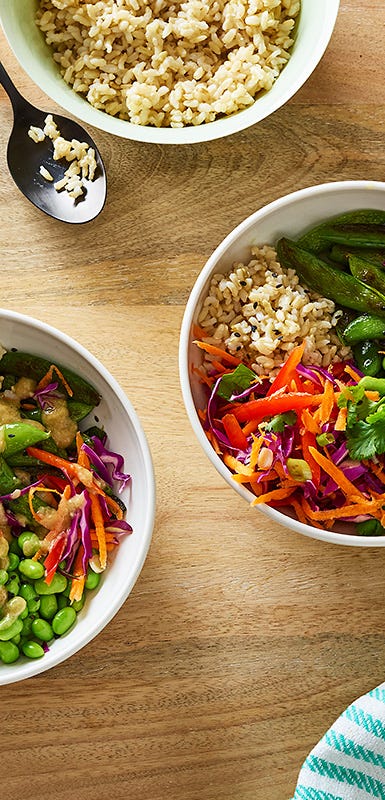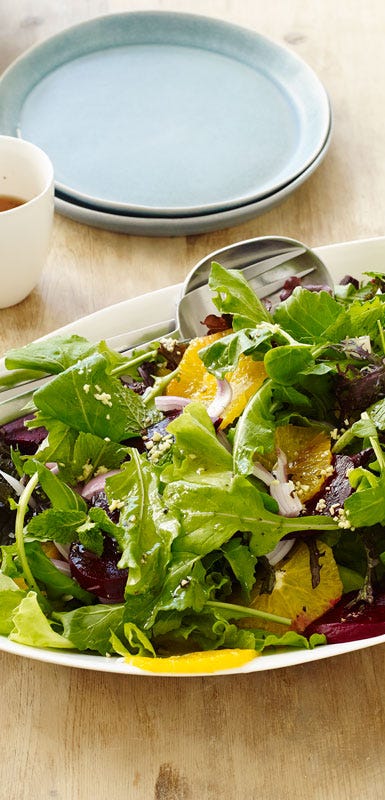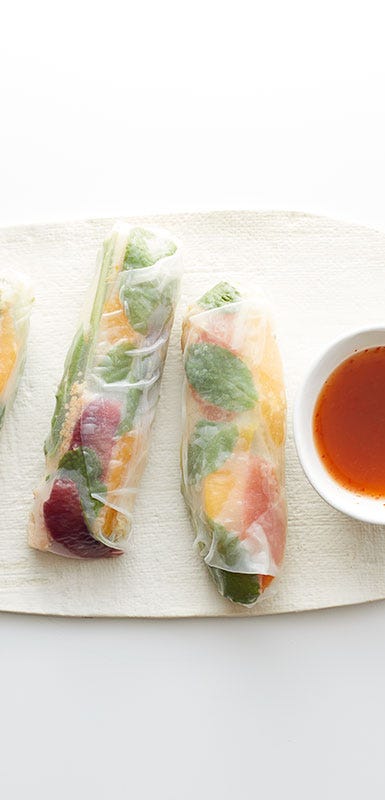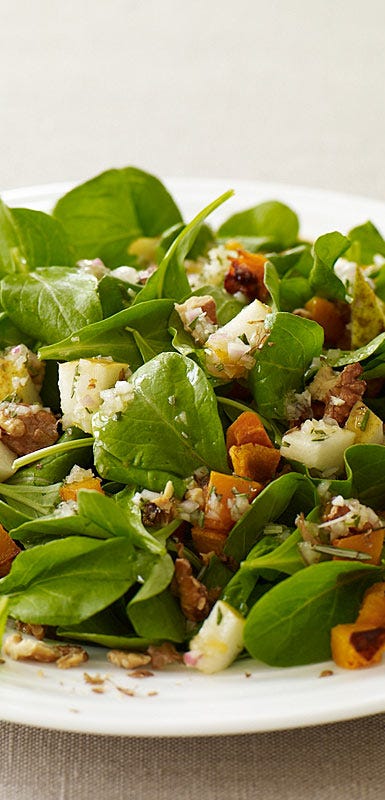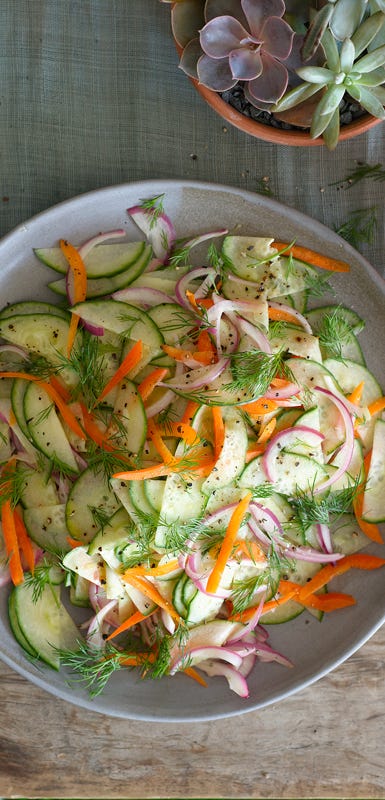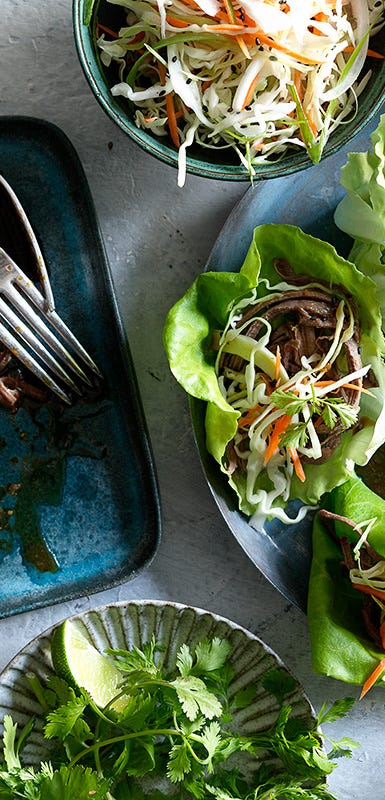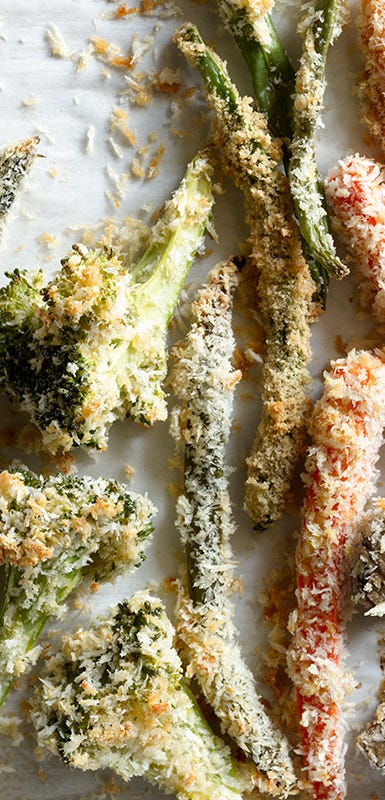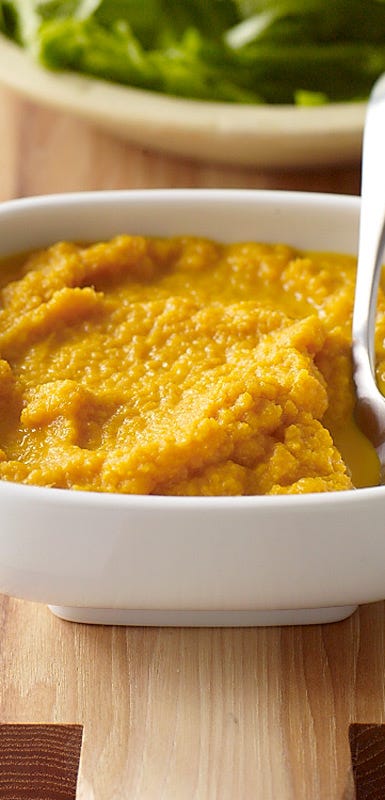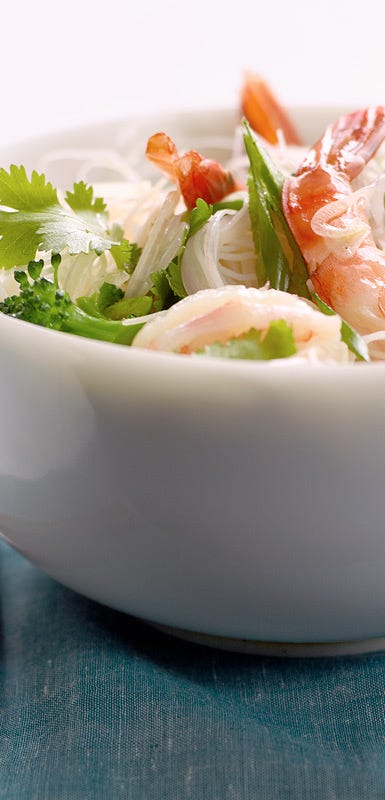A Cook’s Guide to Rice Vinegar

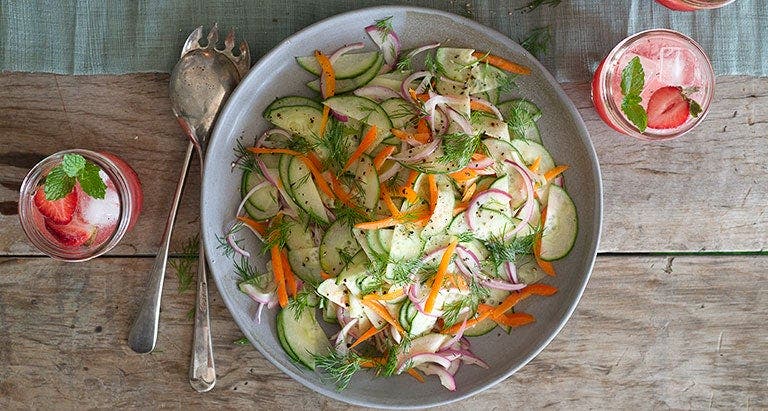
Ever dunked a Chinese dumpling into dipping sauce, eaten sushi, or devoured a salad topped with carrot-ginger dressing? If so, then, you’ve tasted rice vinegar. Made from fermented rice, its flavor is tangy and lightly sweet. Asian rice vinegar (sometimes labeled “rice wine vinegar”) is considerably milder than Western vinegars thanks to its lower acidity level—typically 4 percent, compared to a 5 percent to 7 percent level in other types. The unique taste of this low SmartPoints ingredient can liven up a bland dish or create a new flavor profile of its own.
Different Types of Rice Vinegar
All rice vinegars are not the same; they all have distinctive attributes. In Asia the choices are plentiful; in the U.S. only a handful of varieties can be found. Below are a few kinds that are widely available.
Japanese rice vinegar
Easy to find, either with the other vinegars or in the Asian section of the supermarket, Japanese rice vinegar is clear, delicate, and mild. It’s remarkably versatile, equally at home in Asian and Western dishes.
How to use it: Reach for Japanese rice vinegar whenever you’re looking for a slightly gentler bite—its relatively low acidity makes it the most kid-friendly vinegar around. Swap it into any of your favorite recipes that call for a pale-colored vinegar, such as white wine, champagne, or cider.
Try it in salad dressings, quick pickles, even splashed into fruit salads. It’s particularly useful for potato salad: Sprinkle a bit onto still-warm spuds, which will absorb it as they cool. You’ll need less salt (and less dressing overall) for your recipe.
Seasoned rice vinegar
Sometimes labeled “sushi vinegar,” seasoned rice vinegar was created for sushi-making, as a one-stop seasoning for the rice. It has salt and sugar added in, giving it just enough body to stand on its own. When you use seasoned rice vinegar on a dish, you may find that no oil is necessary.
How to use it: Splash a little onto cooked seafood or chicken breast. Use it as a super-easy dipping sauce for steamed vegetables. These days you’ll find inventive flavors of seasoned rice vinegar, like roasted garlic or citrus. Incorporate those anywhere you’d typically infuse that flavor—try sprinkling basil & oregano vinegar onto tomato slices, for instance.
Try Nakano’s Organic Seasoned Rice Vinegar
Chinese rice vinegar
Stronger than Japanese but still mellower than Western vinegars, it can be found at most Asian markets. Three types of Chinese rice vinegar are usually stocked in grocery stores:
- White, which is actually yellowish in color, is the lightest and closest in flavor to what you may be used to. It’s what gives hot-and-sour soup its particular brand of sour.
- Red vinegar is mildly acidic, with a bit of sweetness. It’s often used as a dipping sauce for seafood or dumplings.
- Black is the mellowest, aged until it attains a deep, almost smoky flavor reminiscent of balsamic. If you’re only going to keep one type of Chinese vinegar on hand, black (also known as Chinkiang) is the way to go.
How to use it: Add a splash of white vinegar to soup, just before serving. Serve red vinegar alongside shrimp or crab legs. Mix black vinegar with a little soy sauce and some chopped chives, and serve it with dumplings. Or try using black vinegar wherever you’d ordinarily go with balsamic. The flavors are different, but the overall effect is similar.

